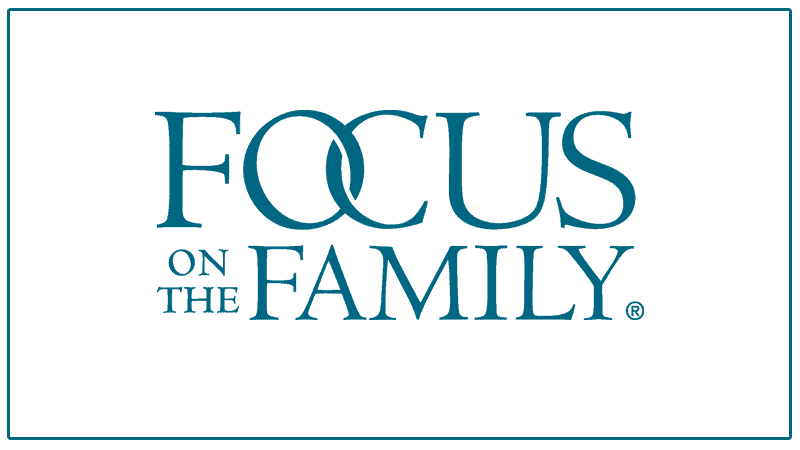
What Is Homeschooling? Is It Right for Me?
Let’s be honest: Homeschooling isn’t for everyone. Here is a look at what homeschooling is, and several ways to determine if it’s best for your family.

The pros and cons of magnet schools
There have always been differences in the quality of schools both within districts and across districts. One of the more glaring examples in the U.S. history had its roots in segregation and resulted in persistent ethic and socioeconomic achievement gaps. The problem became so great (in some ways it still is) that in the 1960s the U.S. government required that students from segregated schools be bused into higher-performing schools.
The theory was that desegregated schools would normalize academically, and the schools previously populated mostly by lower socioeconomic students would achieve similar academic standing as those populated by middle-class students. “Busing” was terribly unpopular in America, and it led in part to the development of magnet schools.
Originally, magnets were conceived as academically attractive programs that would entice enrollment across ethnic lines, with the hope that parents would opt to send their children to a school populated by various racial groups. Many magnet programs still have ethnic diversity as their primary selection criteria. Magnets have also been established around other interests that have little to do with ethnic diversity and now appeal to interests such as arts or technology.
The net effect is programs that appeal to special interests within the student population and education philosophies that are often different from more traditional schools. Some districts have magnet programs that provide customized services for children with special needs — for example, the deaf and hard of hearing, those who speak English as a second language, and the gifted and talented.
Other districts have become so “magnetized” that virtually every school in the district has a distinct flavor, and they operate under an open-enrollment structure in which every family has the right and is encouraged to select a school based upon their preference. There are still neighborhood boundaries, but they exist as a default rather than as a primary filter.
I once lived in a city where every school in the district had a unique angle on education, offering programs as varied as advanced placement, technology, International Baccalaureate, music, drama, architecture, and hands-on science. Families were encouraged to select programs across the district based upon their own preferences.
Pros of Magnet Schools
Cons of Magnet Schools